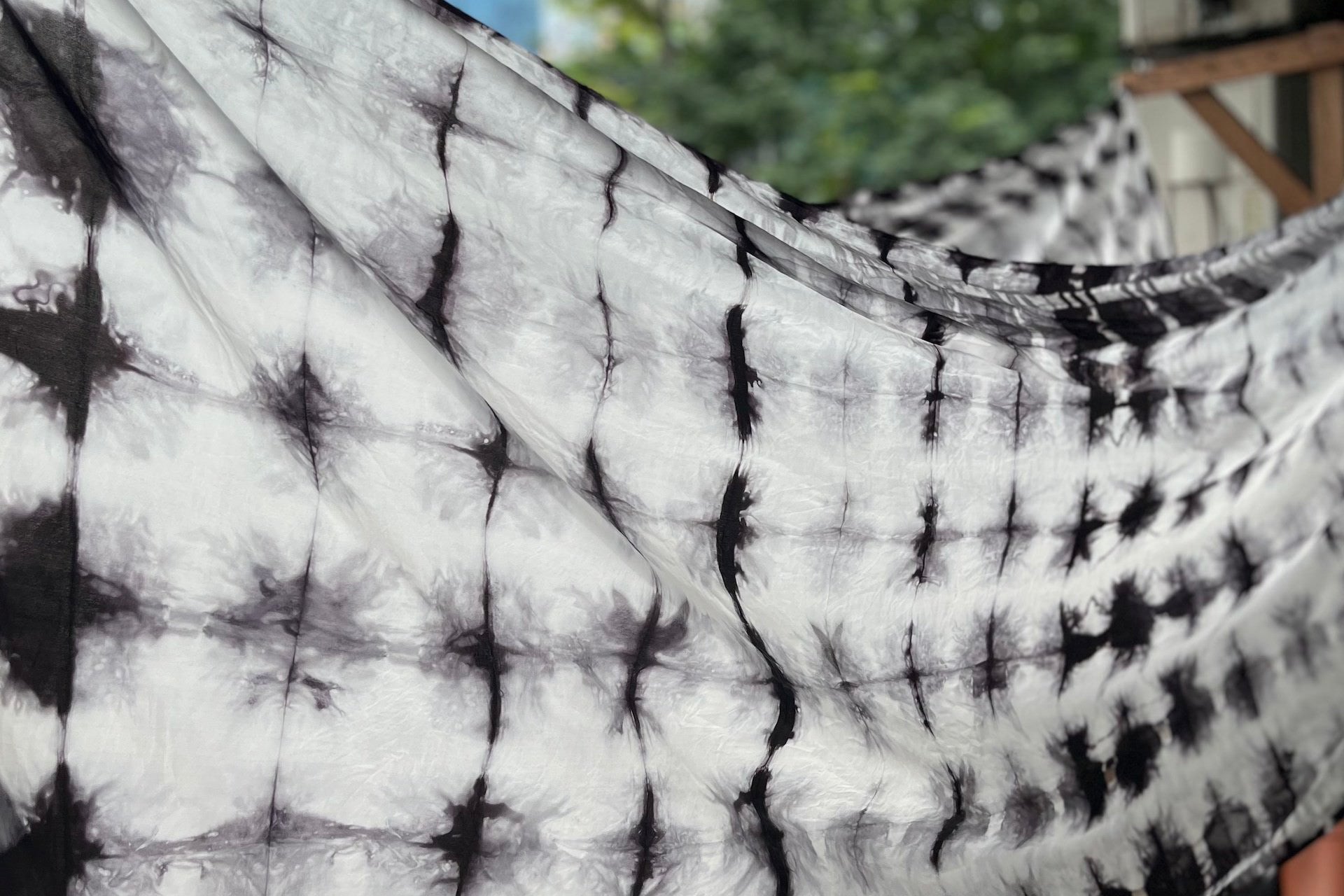There is a growing buzz about sustainable fashion. But what does it mean exactly? Sustainable fashion means purchasing items that are not only timeless but creates a positive ripple in the fashion industry for the people and the planet.
The fashion industry is one of the largest global polluters and is also an extension of exploitative manufacturing systems that underpay people. At Batik Boutique, we champion the idea of fair wages for all the artisans involved, especially our seamstresses and artisans as they stitch each garment with thoughtfulness and skill.


Fashion for some may seem frivolous, but it is undeniable that fashion is a window to a nation's culture and heritage. Batik is not only a form of art but also a part of Malaysian tradition and culture. Clothing items steeped in traditional art, that are handmade and hand-dyed, reflect the beauty and storytelling of the essence of slow fashion. This jewel of a craft is the crux of what sustainable fashion is built on more than what we as Malaysians often realize.
Traditional art like batik is usually made with natural fiber textiles. The dyeing process uses less water than synthetic dyes creating minimum impact on the environment. Using natural fibers like cotton and plant-based cellulose fibers like viscose, Batik Boutique is on a journey to embody sustainable fashion.


There is an estimated 92 million tonnes of fashion waste produced yearly. To give a clearer picture, it is the equivalent of one garbage truck's worth of waste being dropped off at a landfill every second. The worst part about this is that there are new estimates that indicate this amount will increase by the end of the decade.
Keeping this in mind, Batik Boutique’s manufacturing process is geared towards ensuring that artisans and seamstresses use as much of the fabric produced. The remnant fabrics from the making of apparel have been fashioned into accessories like the ketupat bag, neckties and travel accessories.


Batik Boutique also puts a face behind the apparel made. There is no question of asking who made your apparel and accessories, as Batik Boutique works with artisans closely to ensure fair wages and working conditions while also providing skills training and scaling capacity for those who want to grow.
To date, Batik Boutique employed over 300 artisans which include batik artists and seamstresses, and impacted the lives of more than 1,500 local beneficiaries. At Batik Boutique, fashion has been rethought as not only something to look good and feel good in but as a driver of community empowerment and environmental care.
When purchasing with Batik Boutique, customers support sustainable fashion and celebrate Malaysian culture and tradition. Let’s keep the art of Malaysian batik thriving and do good for people and the planet at the same time.



